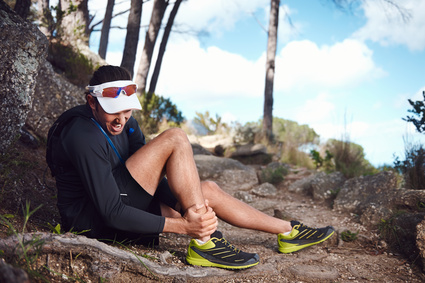‘Shin splints’ is a an umbrella term that has been used for many years, especially in sporting circles, to describe any pain in the shin that worsens with activity. Shin pain is common among both elite and amateur athletes and can be quite debilitating, sometimes to the point of having to stop or limit activity.
What are shin splints?
The correct term for the most common form of shin pain is ‘medial tibial periostitis’ or ‘medial tibial stress syndrome (MTSS)’. The symptoms of this condition are: pain on the medial (inner) side of the shin that begins or worsens with activity, tenderness to touch and sometimes warmth/swelling in the area.
MTSS is due to an excessive amount of pull on the the outer surface of the shin bone (the periosteum) by muscles or fascia, the tissue that holds the body together. Over time, increased pressure on the periosteum results in an inflammatory process, leading to pain and loss of function.
Factors in MTSS:
- Change in training – increased frequency/intensity etc
- Exercise surface – firmer or more uneven than usual
- Poor footwear – old or overly flexible shoes that do not provide enough support for the foot
- Incorrect technique – foot rolling in, knee dropping in etc
Stages of Medial Tibial Stress Syndrome:
Mild: Pain only during or after intense exercise
Moderate: Pain during moderate intensity activities and occasionally during basic activities like walking
Severe: Pain with all activities with the possibility of progressing to a stress fracture in the bone
What can you do to fix your shin splints?
If you are getting shin pain, it is best to have it properly assessed to ensure that you are not doing more damage by continuing to play sport or exercise.
Until you can have your shin splints assessed, you should:
- Rest from aggravating activities
- Apply ice after anything that causes pain
Longer term treatment will consist of correcting any technique issues, reviewing footwear and training type/intensity and relative rest until symptoms have settled down.
Strengthening and stretching exercises are also essential to ensure that the pain does not return once you resume your normal activities


